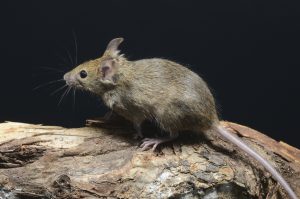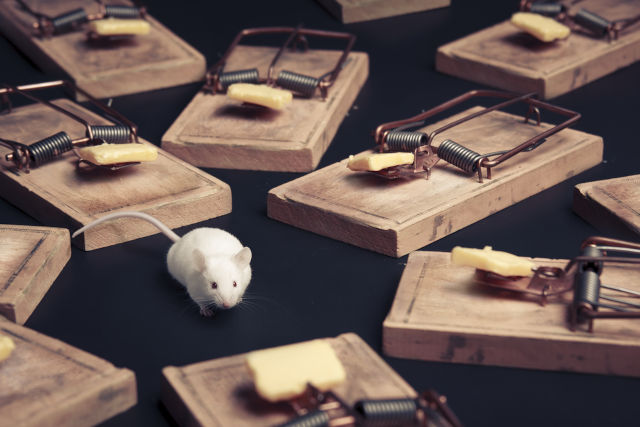Mice are a frustrating infestation that can also be dangerous to the occupants of the infested house. Mice come to your home most often because you have food outside. This could be anything. Pet food or a bird feeder or even just your son’s ice cream cone from yesterday. They are attracted to almost any kind of food and will make use of tall grass, detritus on the lawn and plants of almost any kind near the walls of your home. Mice will use these spots to hide while they make an entryway or find one. The house mouse is specifically named because unlike native wild mice in Ontario the house mouse came from ancient Europe and has been living with humans for thousands of years. They came to North America by boat en mass. Since then they have become the most frequent infestation of human homes out of all other pests. If you have mice in your home you will notice a musty smell and some difficulty breathing compared to normal. The dander from the mice floats in the air and can enter your nose and mouth and travel into your lungs where it can cause infections. The feces of mice carry the Hantavirus. This is a respiratory illness that can cause total lung failure if not treated. Cleaning mouse feces, for this reason, can be dangerous as you can make the Hantavirus airborne.

Stage two is inspection. You will want to inspect the entire house and write down every single site where you see the activity of any kind. Clumps of fur, dead mice, chewed wires or wood, holes in the walls and any sounds you can hear. Note these locations as areas of high activity and then go outside. Now that the outside of the house is clear and visible you can inspect it for openings. Inside openings should not be sealed until the mice are gone but exterior openings can protect you now and in the future from further mouse infestation. This can be done by looking for entryways. Holes in the foundation, weep vents that are not protected, wall vents and anywhere else they may get in. Look for gaps and openings everywhere and note every single one in your notes. You can then go to a hardware store and find out the best ways to seal all the openings you found. Doing this will be the most effective part of the treatment.
Once you have done that you will need to kill the mice that are still inside your home. You can do this with several devices. The most common are snap traps. It is very important to properly bait them and after a mouse has been caught to wash them and make sure they do not smell like a dead mouse. You can then use it again without fear the mice will stop getting trapped. If you prefer an easier method you can try laying down bait stations containing domestic grade rodenticide poison. It will dehydrate them and they will desiccate when they die. This makes it safe for them to die in the walls.

